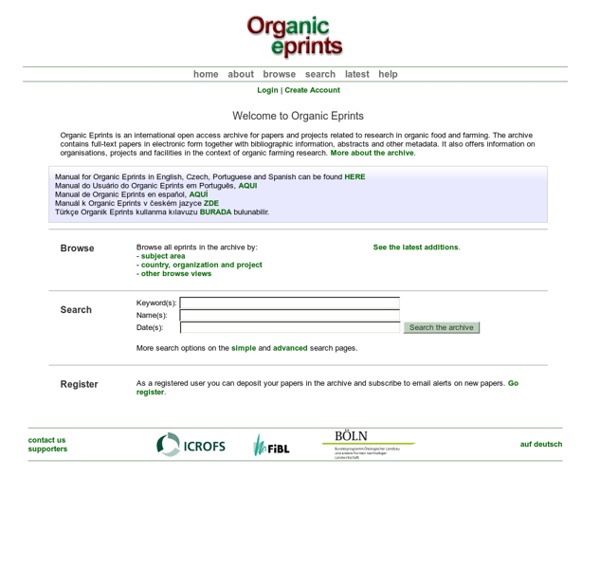



| IFOAM The Center for Popular Economics Actualités IDEAS: Economics and Finance Research Sapindus Un article de Wikipédia, l'encyclopédie libre. Le sapindus est un arbre de la famille des sapindacées. On le trouve dans toutes les régions tempérées chaudes et tropicales de la planète, en particulier en Asie. Il en existe des variétés feuillues et d'autres sempervirentes. Description[modifier | modifier le code] C'est un petit arbre au tronc court, dépassant rarement une douzaine de mètres de hauteur, et dont le feuillage alterne et de forme arrondie est constitué de tiges de 15 à 40 cm dotées de 14 à 30 folioles, et dont la foliole terminale est souvent absente. Ses fleurs, qui apparaissent à la fin du printemps, forment de larges panicules d'une quinzaine de centimètres de diamètre composées de petites fleurs de couleur crème. Espèces[modifier | modifier le code] Le nombre d'espèces de sapindus est sujet à controverse, particulièrement en Amérique du Nord, où seulement 3 espèces sont reconnues. Les noix de lavage[modifier | modifier le code] Composition[modifier | modifier le code]
SARE Nationwide - SARE Mycelium Running - How Mushrooms Can Help save The World Mycelium Running How Mushrooms Can Help Save The World A manual for the mycological rescue of the planet Book Mycelium Running by Paul Stamets. More mushrooms, less pollution! The science goes like this: fine filaments of cells called mycelium, the fruit of which are mushrooms, already cover large areas of land around the world. What Stamets has discovered is that the enzymes and acids that mycelium produces to decompose this debris are superb at breaking apart hydrocarbons—the base structure common to many pollutants. The science is both simple and brilliant, and in MYCELIUM RUNNING, Stamets discusses the various branches of this exciting new technology, including mycorestoration (biotransforming stripped land), mycofiltration (creating habitat buffers), myco-remediation (healing chemically harmed environments), and mycoforestry (creating truly sustainable forests).
DIY: How To Grow Your Own Fresh Air Air Quality Published on March 26th, 2009 | by Jerry James Stone According to GreenSpaces, these three plants not only lead to fresher indoor air…but also an increase in productivity! GreenSpaces has tested these plants for the past 15 years in a 20 year old, 50,000 ft2 building with over 300 occupants, and 1,200 plants! A study published on September 8, 2008 found that there is a 42% probability of increasing blood oxygen by 1% if one is inside the building for 10 hours. In fact, the building is rated the healthiest building in Delhi by the Government of India. So how does this increase productivity? Some info on the plants: Areca Palm (Chrysalidocarpus lutescens) Works well in the day timeGreat for living areasOne needs about 4 shoulder high plants/personNeeds to be put outdoors once every 3-4 monthsThe leaves of the plant need to be wiped everyday in Delhi and perhaps once a month in a cleaner cityThe soil used should be of vermi manure or use hydroponics Money Plant (Epipremnum aureum)
EM Research Organization, Inc.